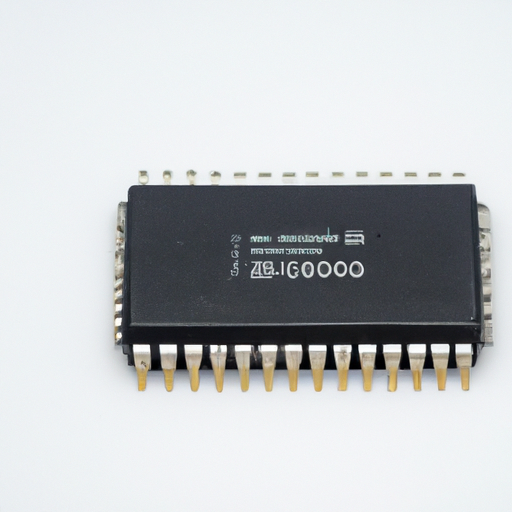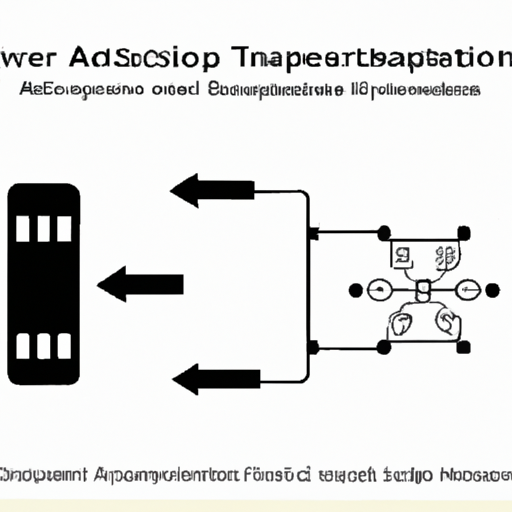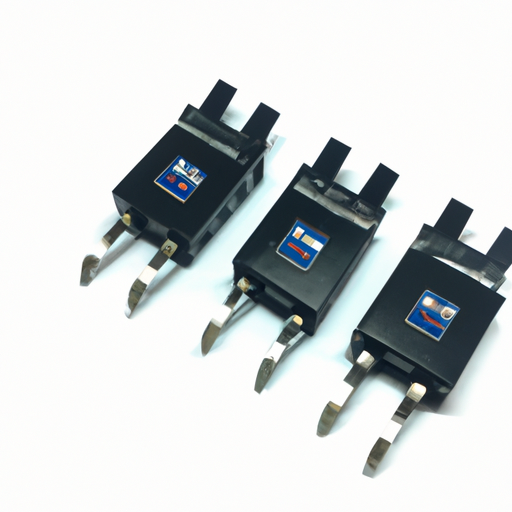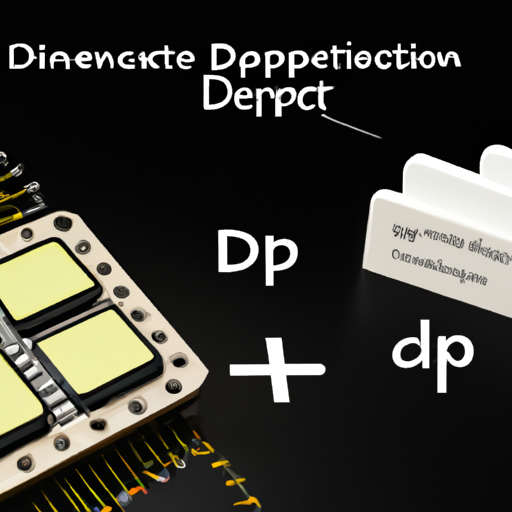1N4003-T Analog to Digital Converters (ADC) highlighting the core functional technology articles and application development cases of Analog to Digital Converters (ADC) that are effective.
Overview of Analog to Digital Converters (ADC)
1. Sampling: The ADC samples the analog signal at specific intervals, known as the sampling rate. This rate must be high enough to capture the essential characteristics of the signal, adhering to the Nyquist theorem, which states that the sampling frequency must be at least twice the highest frequency present in the signal.
2. Quantization: After sampling, the ADC quantizes the sampled values into a finite number of discrete levels. This process involves rounding the sampled values to the nearest available digital representation, which introduces quantization error but is necessary for digital representation.
3. Encoding: The quantized values are then encoded into a binary format, allowing them to be processed by digital systems. This encoding is typically done using binary numbers, where each level corresponds to a unique binary code.
| 1. Successive Approximation Register (SAR) ADC | This type of ADC uses a binary search algorithm to convert the analog signal into a digital value. It is widely used for its balance of speed and resolution, making it suitable for applications like data acquisition and sensor interfacing. |
2. Sigma-Delta ADC: Known for its high resolution and excellent noise performance, the Sigma-Delta ADC oversamples the input signal and uses digital filtering to achieve high accuracy. It is commonly used in audio applications and precision measurement systems.
3. Flash ADC: This type of ADC is the fastest, using a parallel architecture to convert the input signal in a single step. However, it is limited in resolution due to its complexity and power consumption, making it suitable for applications requiring very high-speed conversions.
4. Pipeline ADC: Combining the speed of flash ADCs with the resolution of SAR ADCs, pipeline ADCs are used in high-speed applications such as video processing and telecommunications.
Applications of ADCs
1. Medical Devices: ADCs are integral to medical imaging technologies, such as MRI and ultrasound machines, where they convert analog signals from sensors into digital data for further processing and analysis.
2. Consumer Electronics: In smartphones, digital cameras, and other consumer devices, ADCs convert analog signals from microphones and image sensors into digital formats, enabling features like voice recognition and image processing.
3. Industrial Automation: ADCs are used in various sensors to monitor physical parameters like temperature, pressure, and flow rates, facilitating real-time data acquisition and control in manufacturing processes.
4. Automotive Applications: Modern vehicles utilize ADCs in engine control units (ECUs) to convert signals from various sensors (e.g., temperature, pressure) into digital data for processing, enhancing vehicle performance and safety.
5. Telecommunications: In communication systems, ADCs convert analog signals into digital data for transmission over networks, playing a crucial role in modems and other communication devices.
Development Cases
1. Audio Processing: High-resolution ADCs (e.g., 24-bit) are used in audio applications to capture sound waves accurately, providing high fidelity in music recording and playback. This is essential for professional audio equipment and consumer electronics alike.
2. Data Acquisition Systems: ADCs are vital in data acquisition systems used in research and industrial applications. Multi-channel ADCs can simultaneously sample multiple signals, enabling comprehensive monitoring of various parameters in laboratory settings.
3. IoT Devices: In Internet of Things (IoT) applications, ADCs convert sensor data (e.g., temperature, humidity, light levels) into digital signals for transmission over the internet, facilitating remote monitoring and control.
4. Automated Test Equipment (ATE): ADCs are employed in ATE systems to convert analog signals from test instruments into digital data for analysis, ensuring that electronic components meet specified performance criteria.
Conclusion
Analog to Digital Converters are crucial in bridging the analog and digital worlds, enabling a wide range of applications across various industries. Their effectiveness is demonstrated through numerous development cases that leverage their capabilities for improved performance and functionality. Understanding the core technologies and applications of ADCs is essential for engineers and developers working in fields that require precise data conversion and processing. As technology continues to evolve, the role of ADCs will remain pivotal in advancing electronic systems and applications.







